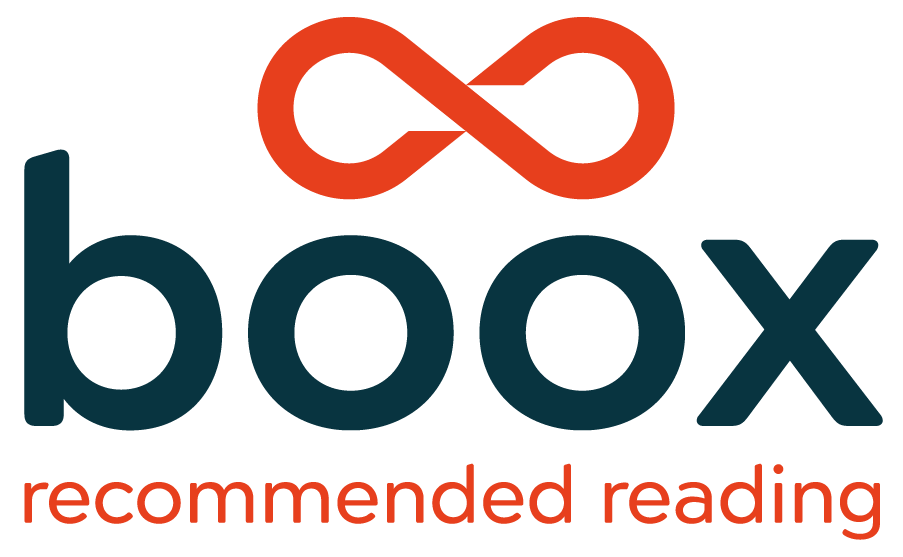Since its inception in the 1960s, the international standard book number (ISBN) has become an indispensable tool for identifying and tracking books around the world. It is a unique identifier that is assigned to every published book, allowing libraries, stores, distributors, and other entities to easily keep track of publications.
Though its modern form imposes a standard for book identification, the concept of the ISBN began in the early 1900s when publishers occasionally used their own “private” systems to track titles. Libraries resorted to handwritten cards in order to keep track of books and other materials.
By the early 1960s, booksellers, librarians, and publishers recognized the need to create a single international standard that would enable easy identification of books and more efficient order fulfillment. The International Standard Book Number (ISBN) was born.
The first ISBN was issued in 1967 in the United Kingdom. It was 13 digits long and consisted of a three-digit country code, followed by nine digits of publisher identification code and one digit of item control code. Shortly thereafter, the format was revised to 10 digits to make it easier for computers to read. By the mid-1970s, countries around the world had begun issuing ISBNs.
In the late 1970s, the ISBN was changed from its 10-digit format to its current 13-digit format. This change was made to allow for expansion of the system and to include “booksellers’ codes” and other additional data. The original 10-digit ISBNs were mapped to their 13-digit equivalents in order to create a unified system.


